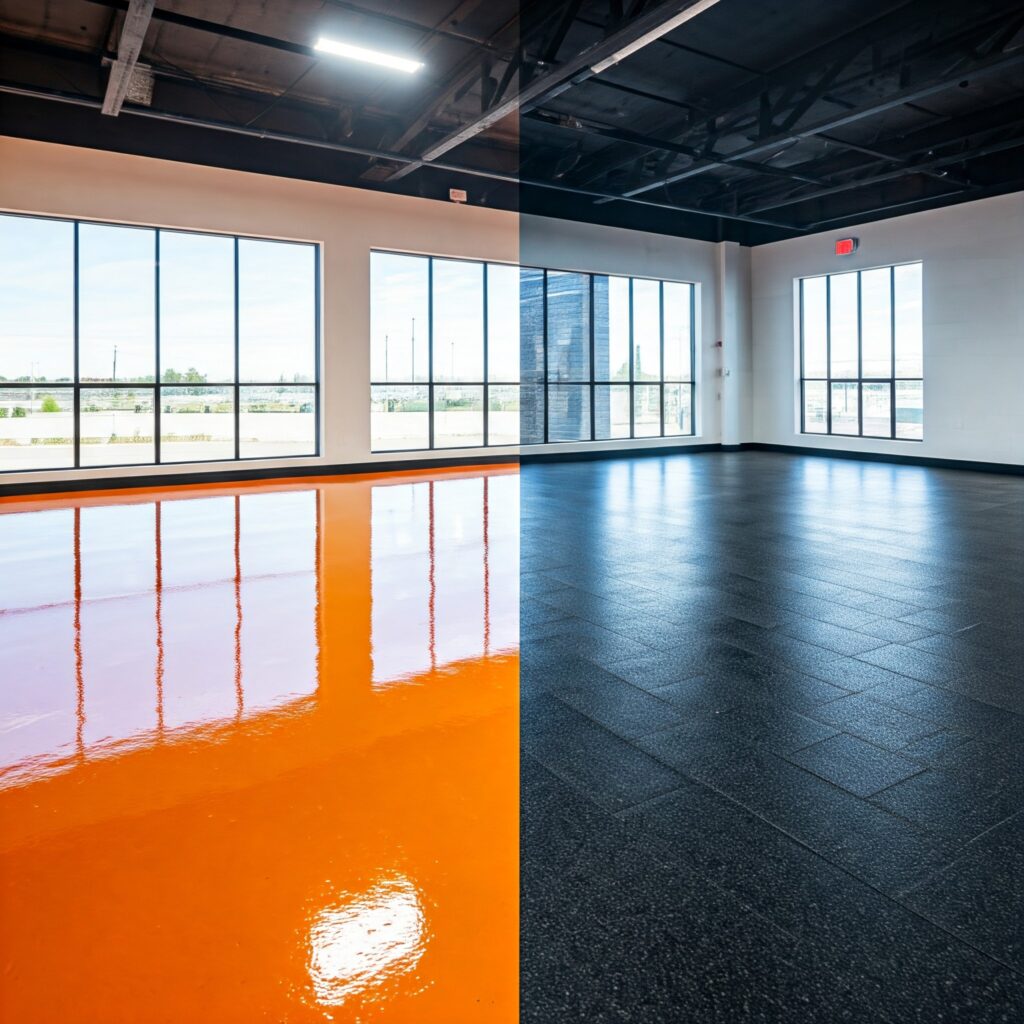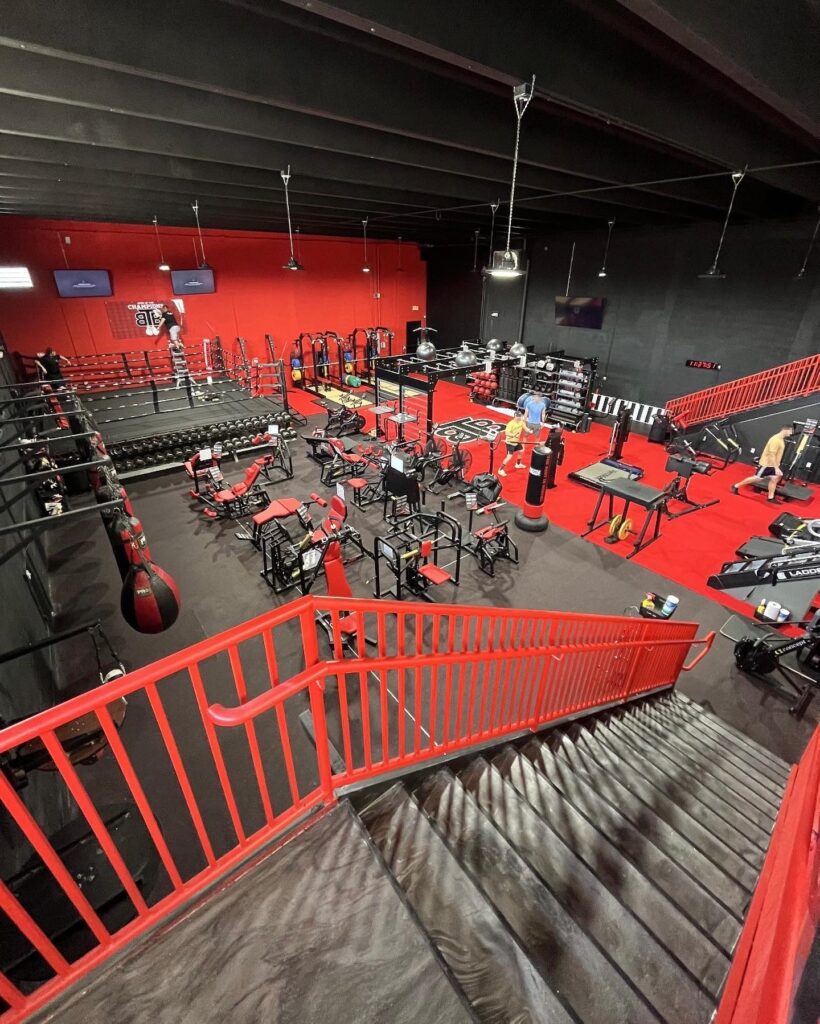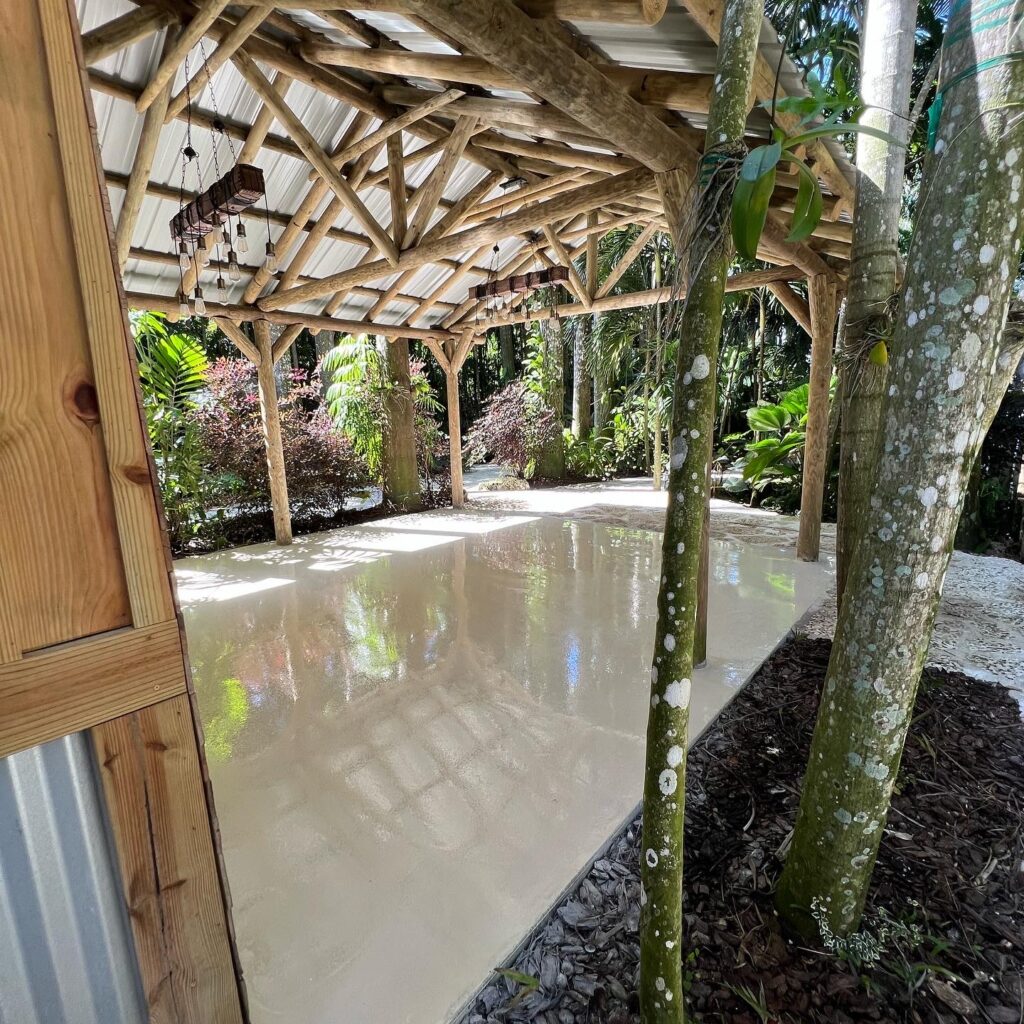Choosing the Right Flooring for Durability and Function
Floors are often overlooked yet play an integral role in the functionality and aesthetics of any space. From the constant foot traffic in bustling commercial establishments to the demands of heavy equipment in industrial settings, the right flooring can elevate performance and prolong the life of your space. For homeowners, businesses, and designers alike, choosing the perfect flooring boils down to two important factors: durability and function.
Among the many contenders in the flooring arena, two popular options—epoxy and rubber—stand out for their distinct advantages. While both excel in specific applications, they are far from interchangeable. Epoxy floors are synonymous with industrial strength and visual sophistication, whereas rubber floors are known for their comfort and shock absorption. To make the best decision, you need to dig into their individual traits, maintenance requirements, and ideal uses.
Let’s explore these two flooring heavyweights, dissect their features, and pit them against each other in a head-to-head comparison.
Key Features of Epoxy Flooring
Epoxy flooring, a blend of resin and hardener, creates a seamless and glossy finish that is as visually appealing as it is practical. It has become a staple in spaces ranging from residential garages to high-end retail stores due to its durability and customizability.
Durability and Resistance
One of epoxy’s most outstanding qualities is its unparalleled durability. Capable of withstanding extreme wear and tear, epoxy floors are the ideal solution for environments where heavy machinery, constant foot traffic, or chemical spills are a daily occurrence. Whether in industrial warehouses or commercial kitchens, epoxy holds its own.
Epoxy flooring is also highly resistant to moisture, which is a major advantage in areas prone to dampness, such as basements or automotive garages. Unlike traditional flooring materials that can warp, crack, or swell when exposed to water, epoxy forms an impermeable surface that acts as a protective barrier.
But the advantages don’t stop there. Epoxy also resists stains, abrasions, and even fire to some extent, adding an extra layer of security and value to your investment.
Customizable Designs and Finishes
Epoxy flooring doesn’t just excel in durability—it’s a champion of customization. Available in a dazzling array of colors, textures, and finishes, epoxy can mimic the look of polished marble, terrazzo, or even metallic surfaces. This makes it the go-to choice for designers looking to combine functionality with aesthetics.
Beyond aesthetics, epoxy finishes can be tailored for practical purposes as well. For example, anti-slip coatings can be added to enhance safety in areas like commercial kitchens or factory floors. Meanwhile, reflective finishes brighten spaces by amplifying natural or artificial light, making rooms feel more open and inviting.
Epoxy’s ability to adapt to both creative and practical needs makes it a versatile option that caters to diverse tastes and applications.
Key Features of Rubber Flooring
Rubber flooring, with its cushioned surface and understated aesthetic, has carved out a niche for itself in environments that prioritize comfort and safety. Though less flashy than epoxy, rubber flooring is no less effective in its own domain.
Shock Absorption and Comfort
When it comes to comfort, rubber flooring outshines epoxy by leaps and bounds. Its elastic and slightly spongy surface absorbs impacts, reducing strain on feet, joints, and backs. This makes it a favorite for gyms, playrooms, and areas where prolonged standing is common, such as kitchens or assembly lines.
Rubber flooring also has noise-dampening properties, making it ideal for spaces like gyms or apartments where reducing sound transfer is a priority. Dropped weights, loud footsteps, or playful kids are less disruptive when cushioned by rubber’s sound-absorbing qualities.
Limited Customization Options
While rubber flooring excels in practicality, it falls short in terms of aesthetics. Most rubber flooring options are available in muted tones or speckled patterns, limiting the design possibilities. This lack of visual diversity makes rubber less appealing for high-end residential or commercial spaces where aesthetics are a priority.
However, for spaces where comfort and safety outweigh visual considerations, such as gyms or daycare centers, rubber flooring remains a top choice.
Comparing Epoxy and Rubber Flooring
With their distinct strengths, epoxy and rubber flooring are like apples and oranges—each serving a unique purpose. Comparing these two materials side by side reveals critical differences that can guide your decision-making process.
Maintenance and Longevity
Epoxy flooring’s seamless, non-porous surface makes maintenance a breeze. Spills and stains can be wiped away effortlessly, and routine cleaning usually involves little more than sweeping and mopping. Its resistance to chemicals and abrasions ensures that it retains its glossy appearance for years with minimal effort.
However, epoxy isn’t invincible. Over time, heavy impacts or shifting foundations may cause minor cracks, which could require professional refinishing to restore its flawless surface. Despite this, its overall longevity often exceeds that of rubber flooring, particularly in demanding environments.
Rubber flooring, while equally easy to clean, is more prone to retaining odors and stains due to its porous nature. Routine cleaning with mild soap and water is sufficient for most situations, but spills—particularly of oils or chemicals—need prompt attention to avoid absorption.
That said, rubber’s elastic properties mean it resists dents, scratches, and tears better than epoxy, making it a durable option for high-impact environments. Its resilience also ensures that it maintains its structure even after years of use.
Best Uses for Each Option
Epoxy flooring shines brightest in spaces that demand both durability and style. Its sleek finish and customizable designs make it a popular choice for residential garages, retail spaces, and industrial facilities. For anyone seeking a long-lasting, visually stunning flooring solution, epoxy is hard to beat.
Rubber flooring, on the other hand, thrives in environments that require safety and comfort. It’s the go-to for gyms, daycare centers, and kitchens where its cushioned surface reduces strain and mitigates the risk of slips and falls. Rubber flooring’s sound-absorbing properties also make it ideal for multi-story buildings or areas prone to noise disturbances.
The Costs of Epoxy and Rubber Flooring
While cost considerations vary based on installation size, material quality, and customizations, epoxy flooring tends to be more expensive upfront. Its higher price tag is justified by its longevity, aesthetic versatility, and low maintenance needs. However, professional installation is almost always required, adding to the overall cost.
Rubber flooring, by contrast, is typically more affordable and can sometimes be installed without professional help, particularly in smaller spaces. This makes it an attractive option for budget-conscious buyers. However, its limited design options and lower resistance to stains might mean more frequent replacements or additional upkeep costs in the long run.
Environmental Impact
As sustainability becomes an increasingly important factor, the environmental impact of flooring materials is worth considering. Rubber flooring, especially when made from recycled materials, is a more eco-friendly option. Its production process generates fewer emissions, and its natural shock-absorbing properties eliminate the need for chemical enhancements.
Epoxy flooring, while durable, is less environmentally friendly. Its production relies on synthetic chemicals, and its long lifespan makes recycling challenging. That said, epoxy’s durability and minimal maintenance needs can offset its environmental impact by reducing the need for replacements.
Choose the Right Flooring for Your Needs
When it comes to the battle of epoxy versus rubber flooring, the winner depends on your priorities. Are you seeking a visually stunning, long-lasting solution for a commercial or industrial space? Epoxy flooring offers unparalleled durability and design versatility that elevates both function and form.
Alternatively, if comfort, safety, and affordability are your main concerns, rubber flooring is the clear choice. Its cushioned surface, noise-dampening properties, and practical applications make it an excellent fit for gyms, playrooms, and kitchens.
The perfect flooring choice isn’t about picking the best overall—it’s about finding the one that meets your specific needs. Take the time to assess your priorities, budget, and the demands of your space.
Explore Epoxy Options with Art Epoxy Designs
Ready to transform your space with epoxy flooring that combines durability, beauty, and practicality? At Art Epoxy Designs, we specialize in creating custom flooring solutions that match your vision and exceed your expectations. Contact us today to learn more about how epoxy can revolutionize your space!



